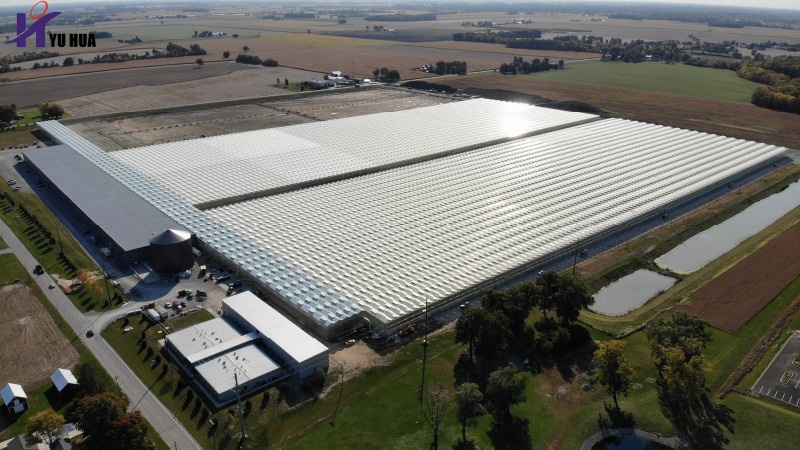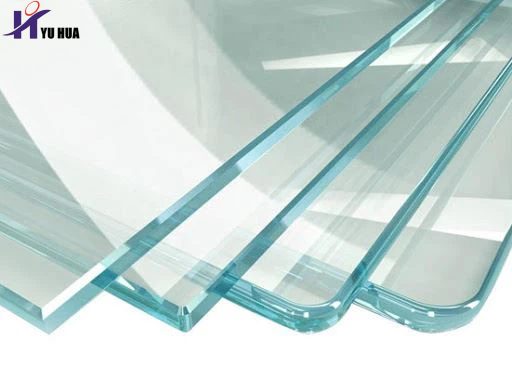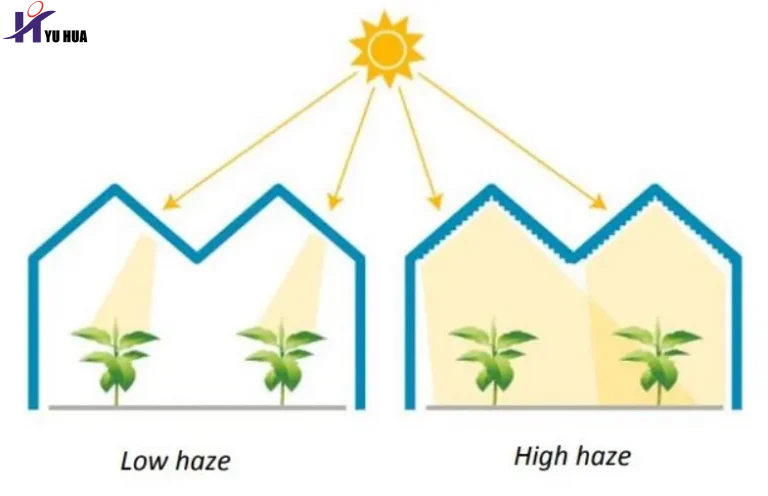
Greenhouse Glazing
Glass is the traditional covering material for greenhouses. It is still favored by many growers, particularly those who consider greenhouses a long-term investment. Glass can be used on any style of greenhouse but is commonly found on Venlo and wide span houses, which were developed with glass glazing in mind. Glass is the most expensive material to purchase and install, and the overall cost of building a glass structure will also be substantially higher due to the increased material content of the structure; however, amortization over its long-life span may make glass a more cost-effective cover than some others. The operating costs of a glass greenhouse are also higher than for double-poly or twin-wall polycarbonate greenhouses. Because glass offers little insulating value, it costs more to heat a glass greenhouse. Glass greenhouses for commercial production are the most commonly found greenhouse structures in cold parts of the Northern Hemisphere.

Advantages and Disadvatages of Glass
The main advantage of glass is its relatively long life span. Maintenance on glass is similar to other rigid materials and includes washing off dust to improve light transmission. Glass is still used, due in part to its superior light transmitting properties and less excessive relative humidity problems. Glass “breathes” (the glass laps between panes allow air to enter), whereas polyethylene, acrylic, and polycarbonate-structured sheet houses are airtight, which can result in excessive humidity and undesirable water drip on the plants if not properly controlled.
Types of Glass
Greenhouse glass is available in several types, including float, tempered, laminated, and frosted or “hammered” glass. The typical glass that is used for glass greenhouses is called float glass. It is a transparent glass with a high light admittance to ensure sufficient light in the greenhouse. As the safety awareness has grown, the application of float glass has decreased. Today, new greenhouses are often fitted with safety glass (e.g., tempered or laminated). Tempered glass is four to six times more shatter-resistant than float glass, and when it breaks it breaks into small-square pieces, making it unlikely to cause injury.

Laminated Glass
Laminated glass is made of two or more sheets of glass bonded together using a polyvinyl butyral (PVB) layer. It’s extremely strong, like tempered glass, but unlike tempered glass, laminated glass doesn’t break.
Non-tempered Float Greenhouse Glass
The typical glass panels that are used for glass greenhouses is the horticultural float glass. Float glass, also known as annealed glass is manufactured by allowing the molten glass to cool slowly in a controlled environment. Once produced, the large float glass sheets are cut to the required size (dependent on the aluminum system) and can then be subjected to further manufacturing processes, such as tempering.
Tempered Glass
Tempered glass, toughened glass and safety glass are different names for the same type of greenhouse glass. In greenhouses, tempered glass panels are used on the roof and sometimes in side walls. Tempered glass is created through a heat tempering technique, making it four to five times more durable and structurally stable than its annealed counterpart. Additionally, it offers enhanced safety features; when shattered, it fragments into small, relatively harmless pieces rather than dangerous, sharp shards.
Diffused Glass
Diffused glass is used to scatter the sunlight entering the greenhouse . The amount of scatter is indicated by its haze factor. There is glass available with haze levels ranging from low haze (15%) to high haze (85%). To improve light transmittance, the glass can be covered with anti-reflection coating. For many growers, especially vegetable growers, diffused glass is now the preferred glazing option. It’s more expensive than standard glass, but it comes with numerous benefits including better light distribution; deeper light penetration into the crop (especially important for vine crops); reduced shading of the lower plant leaves; and lower leaf temperature because less direct light reaches the plants.

The diffuse glass and AR-coated diffuse glass produced by Yuhua have cooperated with many large commercial greenhouses in agriculture, horticulture, nurseries and experiments. We have cooperated with large greenhouse project companies such as Havecon, Van Der Hoeven, Kubo, etc. for many years. Yuhua greenhouse glass has a light transmittance of up to 99%, and haze 5/10/20/30/50/70/75 greenhouse diffuse glass is available!
Need more detailed information or a solution of greenhouse glass? Need guidance on how to choose the right glass for your greenhouse?
Consult online customer service, leave us a message or send us an email!
Tags:anti-reflective glass diffuse glass agricultural greenhouses glass greenhouse venlo greenhouse AR glass greenhouses glass agricultural glass horticultural glass #greenhouseglass #Antireflectiveglass #Diffusetemperedglass #Ultrawhitefloatglass #agriculturalgreenhouseglass #diffuseglass #horticulturalglass #Tomatogreenhouse #Coloredpeppergreenhouse #Lettucegreenhouse #Agriculturalgreenhouse #ARglass #venlogreenhouse #greenhouseglass #Antireflectiveglass #Diffusetemperedglass #Ultrawhitefloatglass #agriculturalgreenhouseglass #diffuseglass #horticulturalglass #Tomatogreenhouse #Coloredpeppergreenhouse #Lettucegreenhouse #Agriculturalgreenhouse #ARglass #venlogreenhouse #GlassManufacturer #invernadero #ArchitecturalGlass #ClearFloatGlass #FloatGlass
Previous:Moon Festival !



















